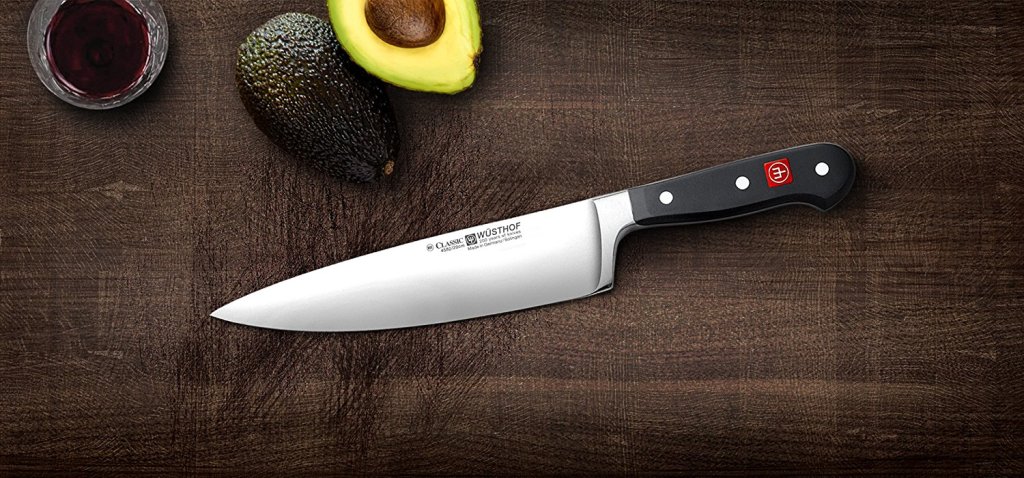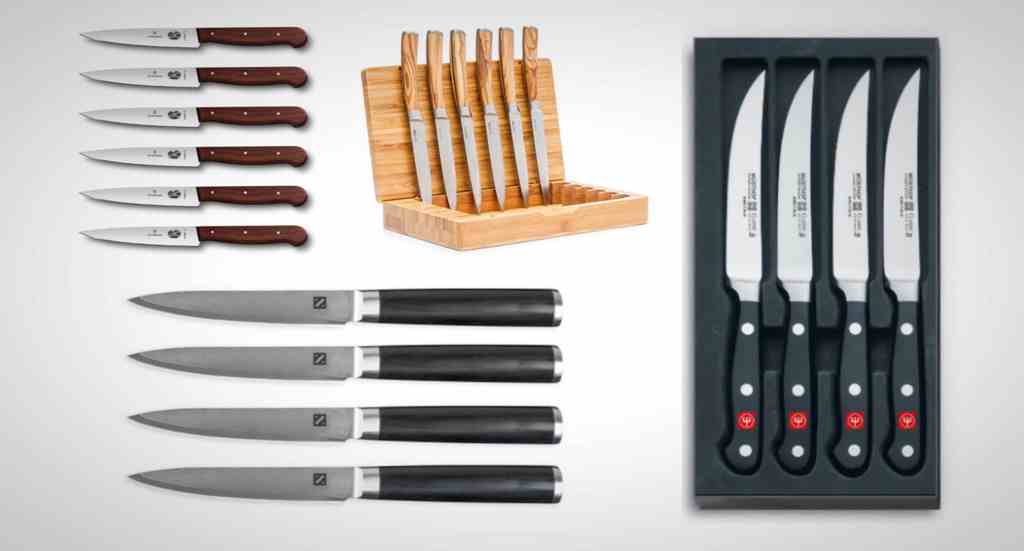When buying kitchen knives, nobody looks at the manual. The primary consideration of consumers in purchasing a blade is the brand, even if other manufacturers potentially roll out much better products.
Second, consumers will look at the aesthetics of the serrated or non serrated steak knife set before taking it home. Again, it doesn’t add to the essential function of the blade, which is to cut food and other objects.
This brings us to the Rockwell Hardness Scale, a vital ingredient of the quality of the knife which, unfortunately, almost nobody is concerned about.
Rockwell Hardness Scale
The Rockwell scale refers to the hardiness of the blade, which centers on the indentation firmness of the material. The knife undergoes a test to determine the penetration depth of the indenter under a considerable load.

The result is weighed against the measured penetration depth of the indenter under a minor load. The results of the different measurements show in a single letter. So you get seemingly random symbols like HRC, HRA, and HRB, among others.
Hugh M. Rockwell and Stanley P. Rockwell invented the tester machine that was used to measure the tensile strength of the blade. There was a patent application set on July 15, 1914. But it wasn’t until February 1919 when the patent application was finally approved.
The machine has undergone some evolutions since then, as technologies tend to do.
The machine used to measure the non serrated knife set today is vastly different from the tools used in the early days. However, the principle remains the same.
Why Rockwell Hardness Scale Matters
The Rockwell scale will help determine how well the serrated and non serrated knife set holds up despite the abuse. If the knife passes a rigorous number of tests, it should theoretically have a high resistance to deformation.

A quality kitchen knife should have a certification of HRC or Hardness Rockwell C. This has a range of between 58 to 62, depending on the grade. Most knives today have HRC of 58-60.
The knives from Foxel, meanwhile, has a hardness scale of around 56-58, which is more than enough to guarantee high tensile strength. The blade also holds up well as it avoids chipping and rust spots. Lastly, that hardness scale is ideal so you can quickly hone the edges.
That HRC range is ideal since:
- Stainless steel is excellent at warding off the rust, but the softer material means the edge will not hold for long.
- Japanese steel is harder, so it is ideal for keeping the blade in place.
A lot of research has gone into finding the right balance between hardness and softness, so the Foxel blades offer the best of both worlds.
A knife that does not pass the Rockwell scale possesses inadequate hardness. It means that it is prone to bending or permanent chipping at the edge. So, if that happens, you will have to replace the knife with a new one.

